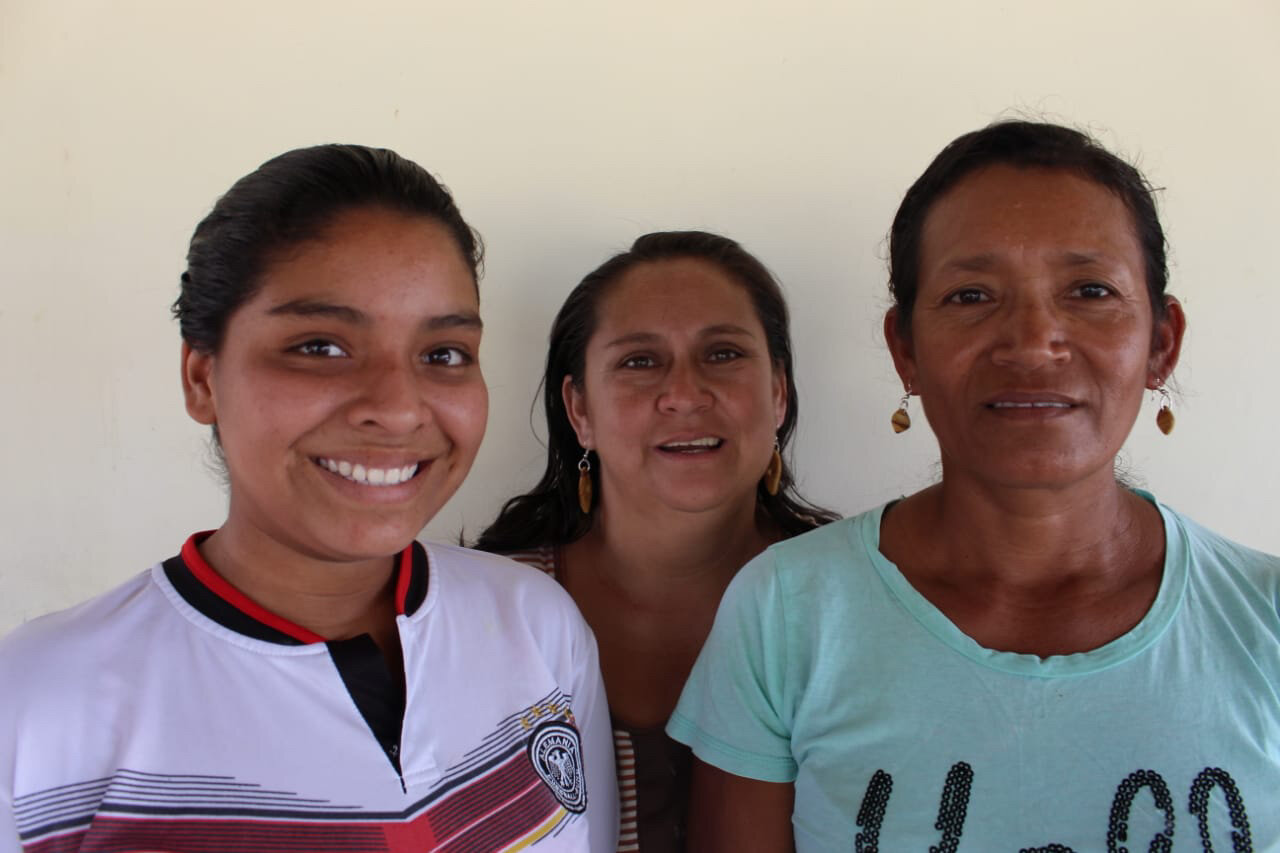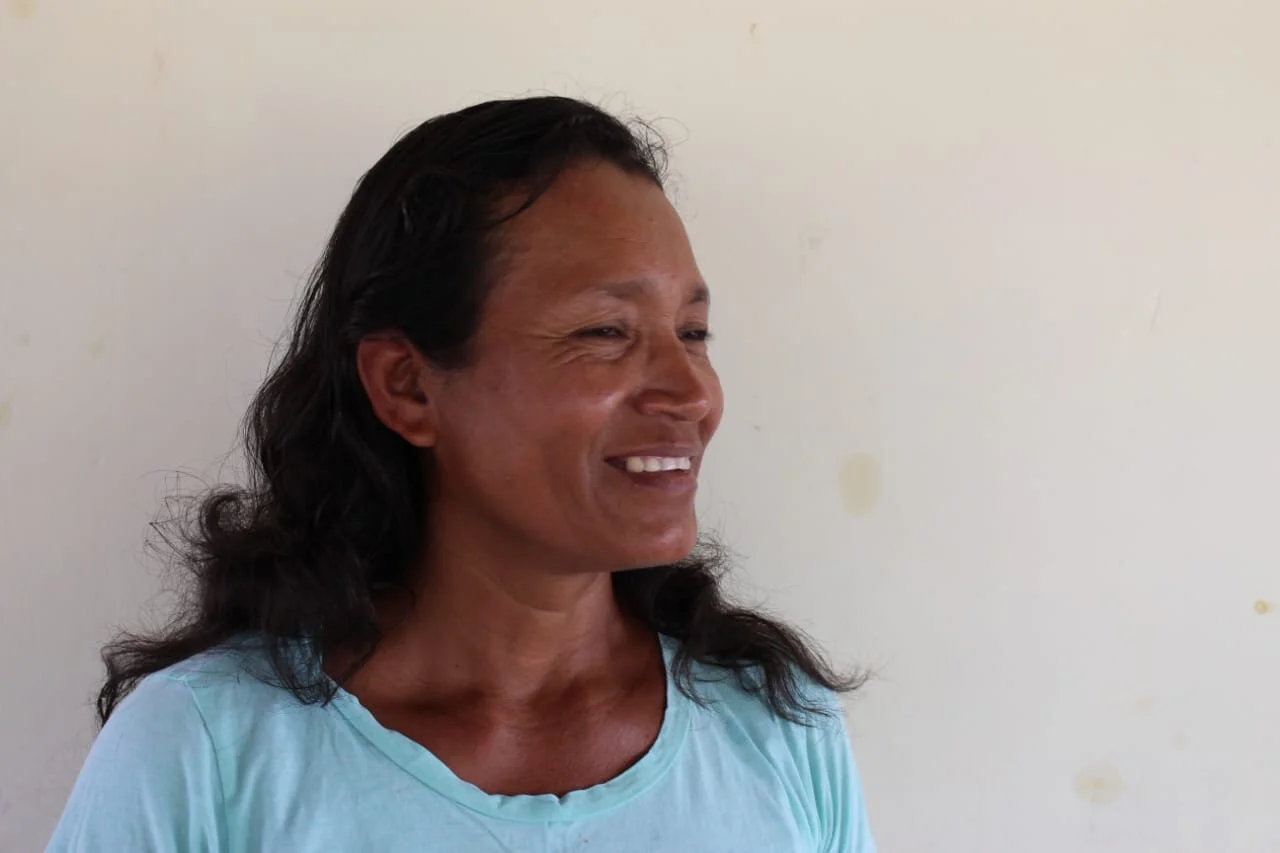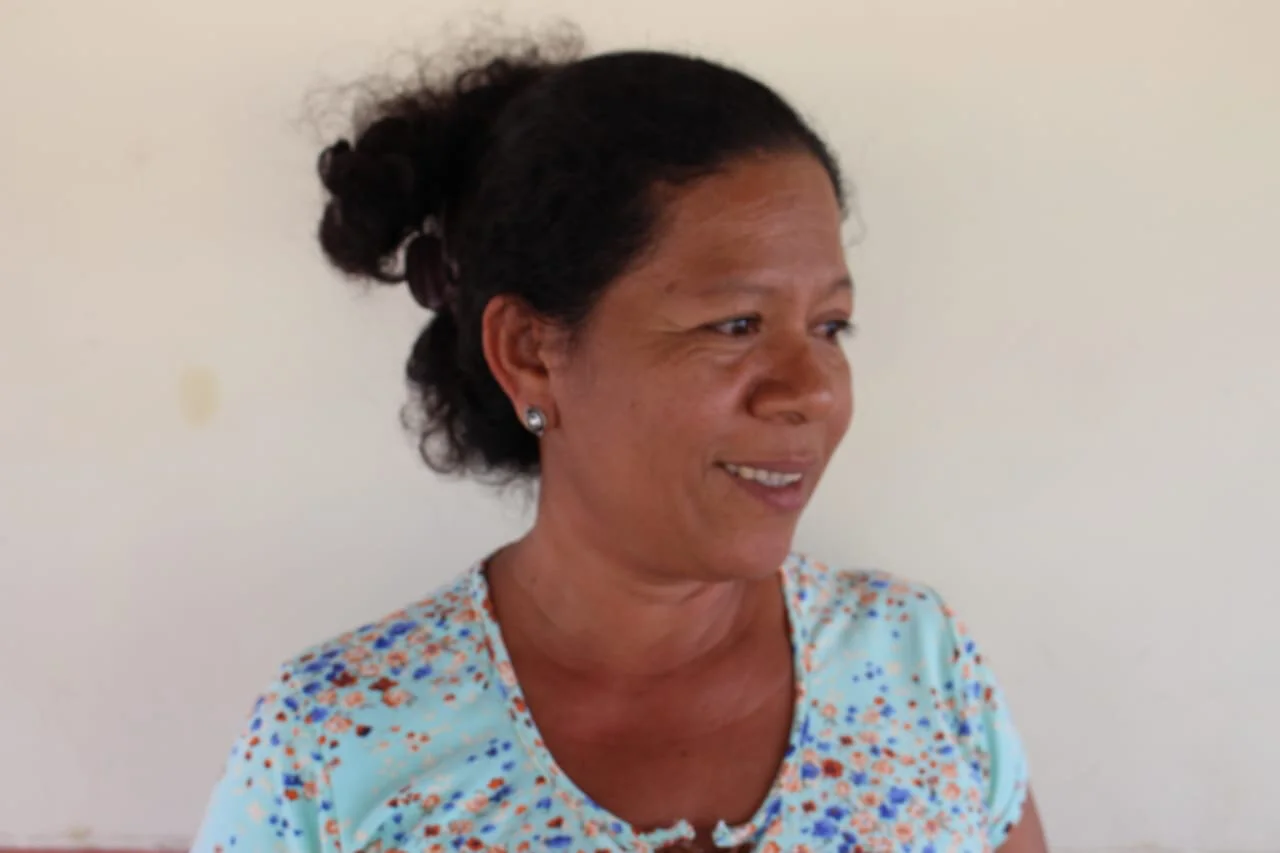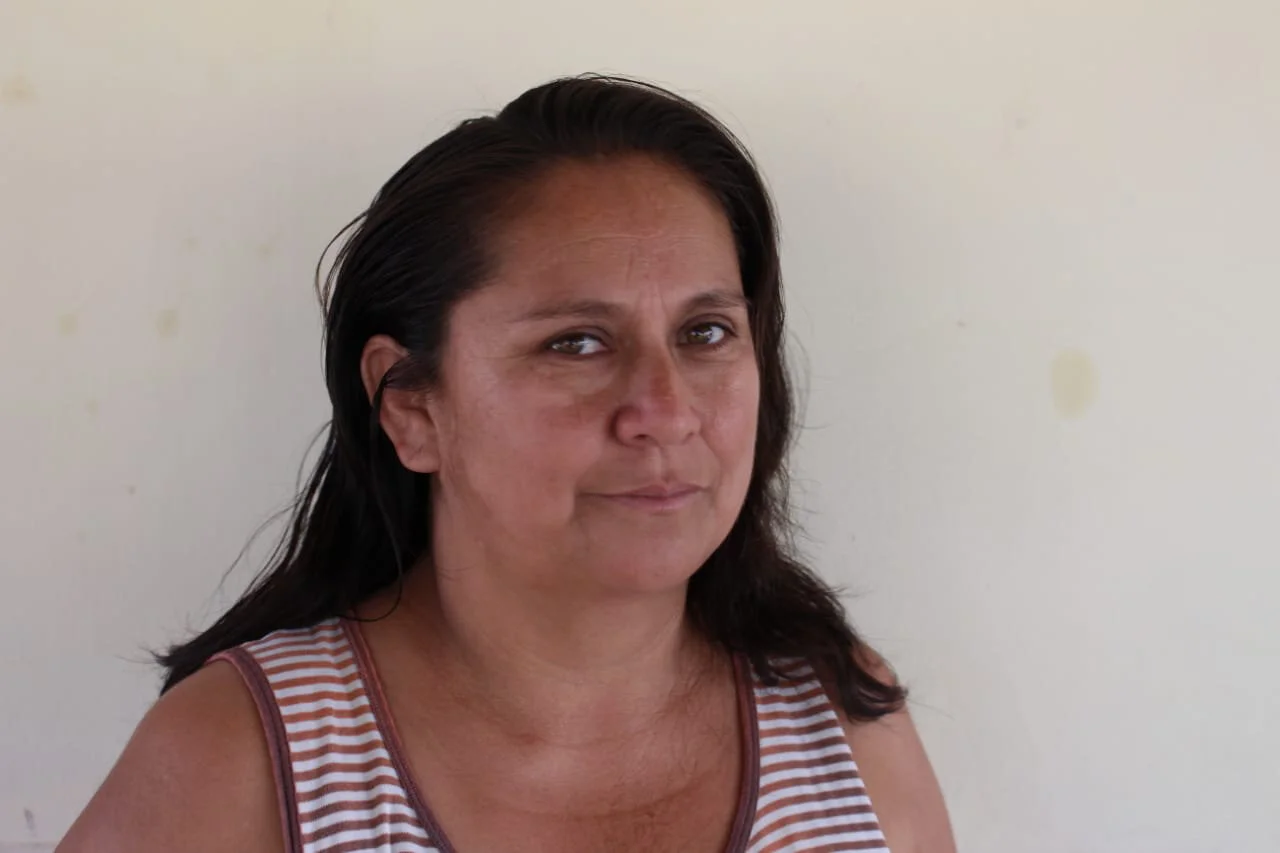Beyond Two Rivers
Piura, Peru 2019Social Practice, Video Art, Internet Art, Arts-Based Research, Ethnodrama, Community Art, digital media,
In northern Peru, beyond two rivers, there is a small community called Mangamanguilla and the site for a project focused on empowering female artisans to use their voice and creative vision.
In northern Peru, beyond two rivers, there is a small community called Mangamanguilla. During the wet season, local streams overflood causing two large rivers to cut off the little village from the rest of the world. Schoolchildren cross the rivers like water polo athletes twice a day treading water rapidly with their legs while holding schoolbags and books overhead. The community works together to conserve a palo santo forest and other trees at risk of extinction. Mangamanguilla is the site for the project Beyond Two Rivers which was completed in collaboration with a local community association to help female artisans to use their voice and creative vision. After a palo santo tree dies from natural causes, the women use the wood to make bracelets and earrings to sell. In Peruvian culture, women usually stay at home with the children while their husbands work. Coming together to make palo santo jewelry is an opportunity for the women to build community, connection with one another, and a little extra income for themselves and their children. In April 2019, I first visited the community, hiked the palo santo forest that they conserve and protect, met some of the community members including the local alcalde and his wife, and even bought a few pairs of earrings to gift friends later.
During my first visit, I befriended a local Peruvian researcher who still plays an active role in formalizing the community’s activities like teaching the women new skills including wood carving. A biologist by trade, he confessed that he knew little about style and aesthetic value when it comes to designing women’s earrings, so I offered to help him create new designs. We remained in contact through WhatsApp, the main method of communicating in Peru, and we volleyed earring design ideas back and forth through picture messaging. Then the artisans created prototypes of our designs.
The artisans of Mangamanguilla, a small community in northern Peru, wanted to learn how to sell more of their palo santo jewelry, but how do you teach or what do you teach about business to a small group of women that live in a community beyond two rivers? In August 2019, the local community association and artisan cooperative invited me to do a workshop with the women. I did phone calls with two local Peruvian researchers who have confianza and established relationships with the women. Confianza or trust is very important in Peruvian culture and it’s very common for people to be timid or closed off to strangers which is why I relied on community confidantes or gatekeepers. In these separate interviews, I learned the women have a lot of challenges and some were out of their control or too big of scope. They lived in a little village beyond two rivers with basic electricity and water but little to no internet or access to technology. Moving product was difficult. They lacked formal business education about marketing and pricing strategies. Also while the women enjoyed coming together and making the palo santo jewelry, the women were still novice at their craft: the products weren’t that great yet with multiple defects.
After a month of planning, I designed a workshop for the artisans that incorporates art, creative thinking, and formal business concepts together. Armed with only a notebook, a black pen, and a red pen, I made my way again to Mangamaguilla accompanied by the local researcher and this time a new friend and local Peruvian photographer. It was also during this time I had the idea for a separate art project, Retratos Piuranos, to augment the voices and stories of local Peruvians that live in more disconnected parts of the country so we asked the women if we could capture their photographs and stories for this project. The artisans thought it was strange we explained the use of their photographs and stories with such seriousness and asked them for explicit written and verbal consent. From then, I began the workshop and open with a group activity and discussion about vision, what is it, and who has vision? I facilitate the conversation, taking us from a journey of understanding the literal use of vision to more metaphorical planes:I ask each woman to look at some of palo santo jewelry products very carefully and identify parts they’d change or and told a story of a field of flowers where each flower contained secrets on how to grow business. I emphasized the fact that this field of flowers is so big, and that there people who dedicate years of their lives and tens of thousands of US dollars to study this field and all the secrets of business. I reiterated to the women that they should feel very proud of the business they’ve already built and that we only had a few hours together, so they’ll need patience and compassion with themselves because the learning process, the road through this field of flowers with business secrets, can be frustrating.
In my story, we pluck a golden flower from the metaphorical field with only four petals, and I explain four key principles of business: product, price, promotion, and point of sale. This is all done in Spanish. We discuss each principle at a high level and I ask the women to think of examples in their personal lives where they see these business concepts applied. How did they choose to buy the last thing that they bought? How would their purchase or intent to purchase change had one of the variables changed slightly or significantly. I ask the women to identify which of the key principles of business they could focus on considering the things like their geography and lack of technology that were out of their control. The women pointed to the petal labeled producto.
I close the workshop with an art exercise I myself practice often: on a piece of paper I let my pen move freely in scribbles across my notebook and ask the women what they see. The women were silent and confused. I say it’s okay to use your imagination and see things that are not really there, and slowly, slowly, each woman pointed out a shape, like a heart, and then a form or figure like a woman or horse. Then the figures and forms started to receive their own stories and backdrops created by the women. There were smiles and laughs among us, and the women shared chistes teasing each other lightly for their imagination. I close the workshop with a quick quiz on the four principles of business and return us to the initial group activity examining the pair of palo Santo earrings for product defects. Whereas no one identified any imperfections at the beginning of the workshop, at the end each woman was able to identify multiple areas that they’d change and we started discussing on how the women could continue practicing to use their vision and how they can create their own earring designs.
I continue to be in touch with the community; although I do not work with them actively. There are many parts of Peru like Mangamanguilla that struggle with basic things like water and electricity, although its people continue to be resilient, hopeful, and creative. The inaccessibility to technology, infrstrastructure for the future, impedes the ability of a community to stay connected to the rest of the world and Mangamanguilla is certianly already challenged because of its geography. The community association hopes to develop an eco-tourism site in the future to attract local and international tourists to enjoy the palo santo forest.
Timeline Summary
April 2019 Louella’s first expedition to Mangamanguilla
May 2019 Louella created new earring designs
June 2019 Cooperative created first prototypes of new designs
August 2019 Cooperative invited Louella to do workshop
September 2019 Louella planned workshop; Needs assessment with community confidantes/gatekeepers
October 2019 Conducted Art and Business Workshop










